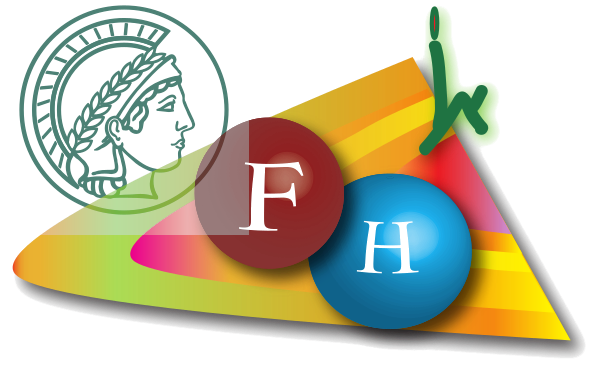Date:
Thu, 28/10/2010 - 14:00 to 16:00
Location:
Seminar Hall, Los Angeles Bldg., Entrance Floor
Mr. David Mocatta
Institute of Chemistry
The Hebrew University of Jerusalem
Jerusalem, Israel
Electronic doping of semiconductors by impurity atoms enabled their widespread application in micro and optoelectronics. Applying these principles to colloidal semiconductor nanocrystals is one of the great challenges facing the nano-community. However the doping of nanocrystals has proven problematic. The use of traditional high temperature colloidal techniques often results in the expulsion of the impurity atom from the lattice. Additionally the lack of fundamental knowledge about how an impurity and its charge carriers affect the physical properties of the nanocrystal makes the identification of successful doping difficult. The recent discovery of room temperature gold diffusion into InAs nanocrystals has opened up the possibility that this diffusion process can be used to dope nanostructures. The application of this method in the doping of InAs nanocrystals with Cu, Ag and Au is reported. At low metal concentrations doping results in changes to the band-gap and Fermi energy of the nanocrystal. A combination of optical measurements, scanning tunnelling spectroscopy and theory reveal the emergence of a confined impurity band and band-tailing, similar to the heavily doped bulk phenomena of Band-gap Narrowing and the Moss-Burstein shift. At higher metal concentrations hybrid nanostructures with metal and semiconductor domains are formed, with gold exhibiting several growth modes. The successful control of doping and its understanding provide n- and p-doped semiconductor nanocrystals which greatly enhance the potential application of such materials in solar cells, thin-film transistors, and optoelectronic devices.

